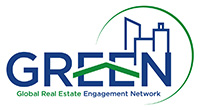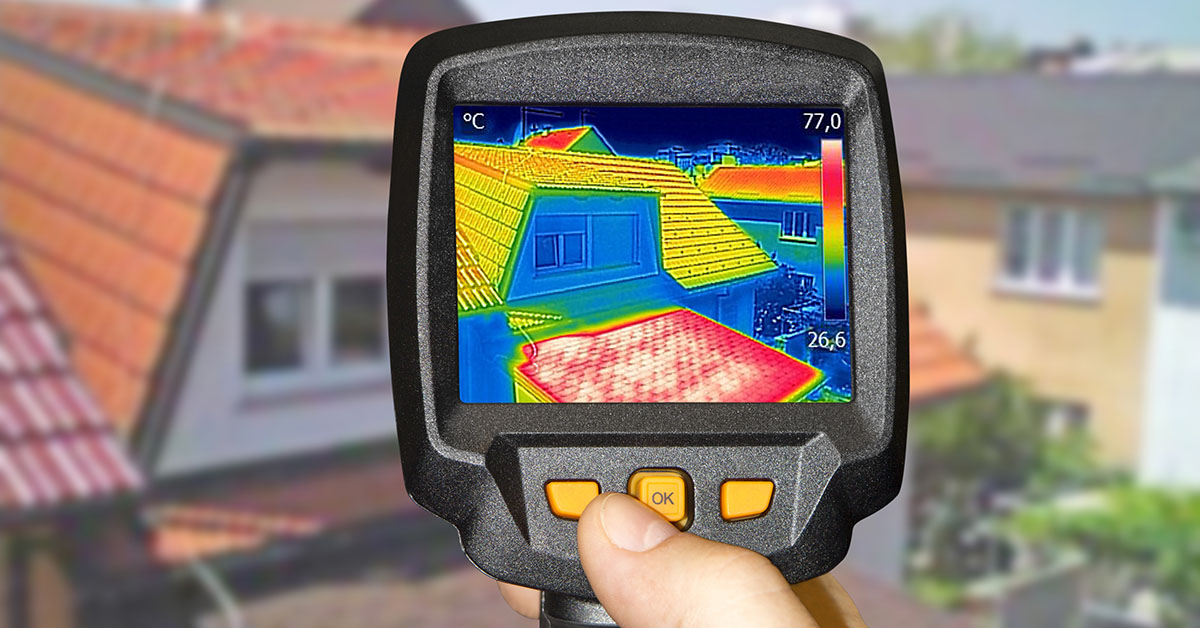Residential energy efficiency investment: what is the ROI?
Energy efficiency investment in the residential sector is an important way to reduce the climate impact of buildings. This is the case because a large amount of energy is consumed in the residential sector, e.g., 21% in the US[1] and 27% in the EU[2]. In the light of the current high energy prices, benefits of energy efficiency investment to reduce energy costs have also been highlighted. Tenant demand for sustainable buildings is likely to increase, as well as regulation that requires minimum energy efficiency standards. But what kind of savings can we expect, and what is the return on investment? Linde Kattenberg, PhD Candidate at Finance, School of Business and Economics, Maastricht University, describes it in this article.
Energy efficiency investment leads to energy reductions
The recent study by Giandomenico et al. (2022)[3] looked into all academic articles published in this area. This study is the first large-scale study on energy efficiency investment and the resulting energy savings. By aggregating all studies, the authors found a broad consensus that energy efficiency investment leads to significant energy reductions. The study’s overview can also detect some patterns: In which cases can we expect higher savings than in others? This is very valuable for finding the optimal allocation of resources for retrofitting purposes. If retrofits can significantly increase building energy efficiency, which is valued by tenants, it means that rents can be increased. Other benefits can also be increase in buildings value and reduction in transition risk.
Energy saving can be as large as 27%
The study of Giandomenico et al. (2022) looks into 39 papers that evaluated energy efficiency programs in the residential sector between 1984 and 2021. These papers focused on the energy savings and the cost-effectiveness of these retrofitting programs. The authors found a significant reduction in energy savings after the energy efficiency of these homes were upgraded. When looking at reported energy savings, the average that they found was 7.2%, but savings can go up to as large as 27% in their studies.
It is important to know that none of these studies looked into deep retrofits, which are expected to yield higher savings. If investments are made in more rigorous upgrades, savings can be way higher and energy costs can be reduced even more. In deciding which retrofits would be the best measure, the savings amount is a meaningful number only when it is compared to the investment amount.
Strategy has a huge impact on the benefit
Considering the profitability of different measures is important. Multiple studies have compared the energy savings amount to the retrofit investment amount.
For instance, in the study of Christensen et al. (2021)[4], a profitability curve of a retrofitting program in the United States was created and illustrated in the figure below. The authors calculated Net Present Value (NPV) of the energy savings and compared this to the investment cost. In the program that they evaluated, more than half of the retrofitting investments had positive NPVs. For those that had positive NPVs, the cost-benefit ratios were all around 1.46, and for those that had the highest NPVs, the ratios could even reach 1.75. This means that if an investment of €1000 is made, the corresponding total benefit is €1750. This highlights that profitability of different measures can vary, but when selecting the right strategy, the benefit can be high.

Source: Christensen et al. (2022), Figure 5: Ranking of Homes by Net Present Benefits, Retail Energy Prices
Insulations was the key factor with top-performing homes
The authors also found that the top-performing homes were homes where insulation was improved and homes where window replacement was relatively cheap. The study by Giandomenico et al. (2022) also highlights that the retrofit measures with good returns on investment are insulation measures and programmable thermostats, and that storm windows and doors yield lower returns. A good side note to make is that the above considers only direct benefits. When considering other possible and indirect benefits, even investments with low or negative NPVs could be meaningful for institutional investors. These benefits are, for instance, higher valuation of the assets, better comfort for tenants, less exposure to regulatory transition risk, and more.
Another recent study in the European context[5] evaluates solely insulation measures applied to homes in the Netherlands. The study finds a significant reduction in gas consumption of around 20% and this reduction is constant over a period of at least a year. If multiple insulation measures are combined and deployed altogether, the savings can be even higher. For instance, the authors found that the homes that improved the wall and roof insulation saw a reduction in the energy bill of 42.3%. For the average households in the study, this could be translated into a reduction of €300 per year. In terms of annual return, the average return they found was 18%, which is high given the predictability of the savings. At current Dutch energy prices, the yearly savings could reach €866 and this would result in an average annual return on investment of 42%.
Selecting the right buildings and retrofits is the key
From the above studies, retrofits of buildings, apart from reducing climate impacts, can bring benefits to tenants in terms of energy savings. The studies also reveal that some retrofits are more cost-effective than others. For institutional investors, selecting the most energy-efficient investments is an important step in greening and improving their residential building portfolio to the desired energy standard, which is jointly defined by tenants’ demand, investors’ goals, and governmental regulation. This approach is essential in speeding up the energy transition in the real estate sector.
Call upon other investors to collaborate to achieve real-world impact
Experience demonstrates that real estate carbon emissions can be curbed without major impact on business models or financials, while research shows that the sector is not yet on track to reach the goals of the Paris Agreement. Existing collaborative engagement initiatives like Climate Action 100+ don’t include the real estate sector in their program and the sector remains largely under-engaged. GREEN network members acknowledge the importance of collaboration to initiate change and maximize impact. We therefore call upon other institutional investors to join GREEN and work together towards a Paris-aligned real estate sector. Check the website of GREEN for more information.
[1] https://rpsc.energy.gov/energy-data-facts
[2] https://ec.europa.eu/eurostat/statistics-explained/index.php?title=Energy_consumption_in_households
[3] Giandomenico, L., Papineau, M., & Rivers, N. (2022). A systematic review of energy efficiency home retrofit evaluation studies. Annual Review of Resource Economics, 14, 689-708.
[4] Christensen, P., Francisco, P., Myers, E., & Souza, M. (2021). Decomposing the wedge between projected and realized returns in energy efficiency programs. The Review of Economics and Statistics, 1-46.
[5] https://maastrichtrealestate.com/research/the-efficacy-of-energy-efficiency-measuring-the-returns-to-home-insulation/






